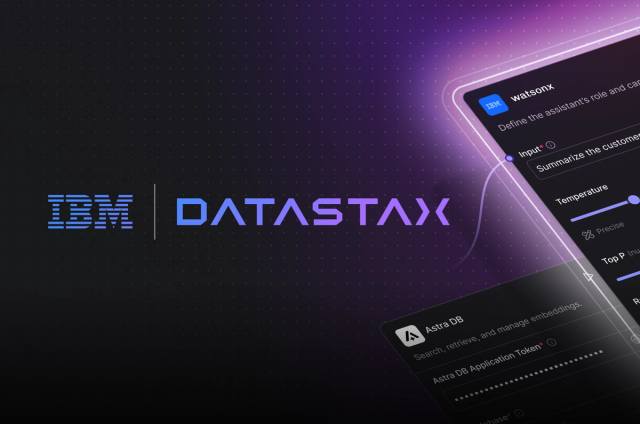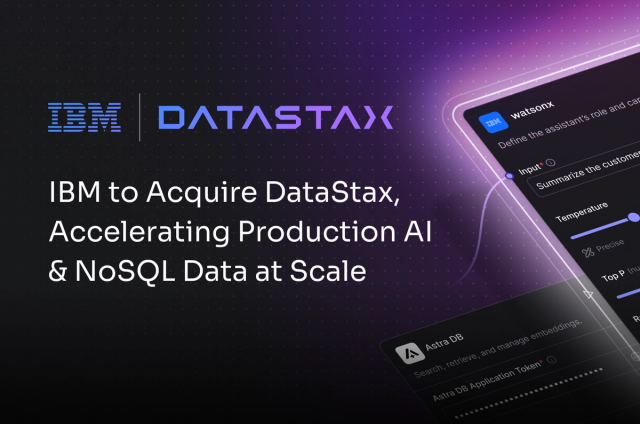Is your business ready to reach new heights this holiday season?
According to a new report from 451 Research, many companies are still relying on older back-end technologies that make it harder to meet ever-evolving customer expectations.
But Black Friday and Cyber Monday will be here before we know it. Fresh off the heels of a record-breaking 2018 holiday shopping season, experts predict that 2019 will be an even bigger boon for retailers—and the credit card companies, payment system vendors, shipping companies, fulfillment centers, and other related businesses they depend on.
Only if they’re ready for it, that is.
Simply put, businesses that lack the back-end data technologies needed to maintain optimal inventory levels and ensure their systems can automatically scale to accommodate peak traffic periods won’t be able to maximize revenue during the busiest time of the year.
We all become frustrated when our website or app doesn’t load quickly, and we have no problem heading somewhere else to get what we need. Online retailers, hotels, travel booking sites, and airlines are all busy during the holiday season. If I’m booking a flight for a holiday trip, for example, and my favorite flight comparison site isn’t working, I quickly bounce to one that is.
The good news is that solving such issues isn’t as hard as it might sound. With the right database in place—one with an automatic scale-out architecture—companies can make sure that they are always ready to meet incoming customer requests.
At the same time, they can also ensure that their websites and apps can scale to support large inflows of concurrent users, delivering exemplary experiences along the way.
The Case for Scaling Out
According to the 451 Research report, 56% of organizations still rely on outdated databases built with scale-up architectures, which were largely built for a pre-internet world.
In these environments, database administrators need to add memory, storage, or computing power in order to support massive volumes of data or maintain high performance during high-traffic periods. While this approach still might work fine for some smaller centralized businesses, larger organizations that globally server customers simply can’t scale their systems this way, especially since downtime can cost millions of dollars.
To overcome this challenge, more and more organizations are moving to scale-out database architectures. In these environments, data is distributed across servers and scaling is predictable. For example, if you want to accommodate twice the traffic, simply add twice as many servers.
Per the 451 Research report, 52% of organizations expect to have scale-out architectures two years from today.
This is due to the number of benefits scale-out database architecture delivers. Not only does the right database let organizations leverage the power of the cloud and manage costs efficiently, it also increases performance, handles unpredictable workloads (e.g., Cyber Monday), and increases availability with built-in fault tolerance.
Beyond that, a scale-out database makes it much easier to meet customer expectations (e.g., for seamless omnichannel experiences and mobile commerce).
If your organization hasn’t migrated to a scale-out hybrid cloud database quite yet, you can take some comfort in the fact that you’re not alone. But the sooner you make the move, the sooner you’ll move past some of your more sluggish competitors,and catch up to your forward-thinking peers.
To learn more about why holiday sales success starts with your underlying database, download the full report by 451 Research.
Here’s to your best holiday season yet!










